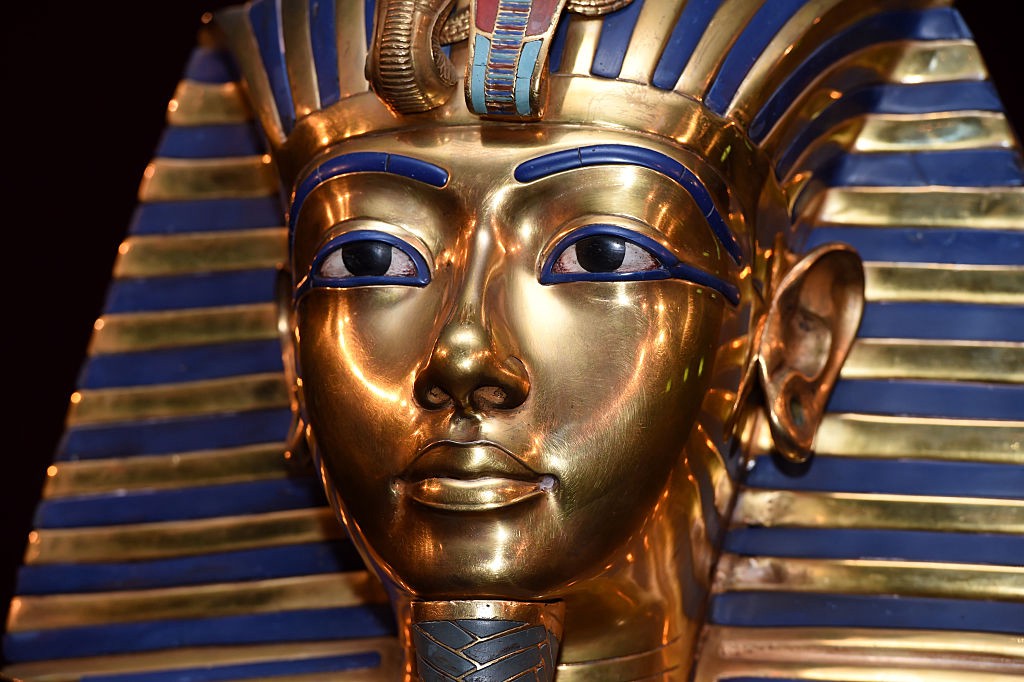Archaeologists Just Found A Hidden Tunnel In King Tut’s Tomb

Why the discovery will have you saying, ‘YAASSS ANCIENT KWEEN’ ?
On November 26th, 1922, archaeologists Howard Carter and George Herbert uncovered Pharaoh Tutankhamun’s tomb in Egypt’s Valley of the Kings. Inside the fully-intact burial chamber, the archaeologists unearthed Tut’s perfectly-preserved, 3,000-year-old mummified corpse, as well as murals and 5,398 articles of clothing, furniture, toys and jewelry that helped paint a fuller picture of Tut’s time in power. Carter spent ten years of his life cataloging all the artifacts. His discovery is considered a triumph for modern archaeology and sparked a world-wide fascination with all things ancient Egypt.
Now, almost a century later, archaeologists are teetering on the precipice of a similarly impactful discovery: A hidden corridor outside Tut’s four-room tomb may prove to be the final resting place of Queen Nefertiti, noted royal stunner and Tut’s alleged stepmother.
King Tut—also known as the boy king—ruled for almost a decade, starting in 1332 B.C.E. and ending with his untimely and unexplained death at 19 years old. Tut spent the majority of his time in power restoring Egypt to its status quo; King Akhenaten, Tut’s father—and husband to the aforementioned Nefertiti—created numerous problems for Egypt during his reign, including moving the country’s capital city away from the Nile and demanding an immediate switch from polytheism to monotheism.

As impressive and ornate as Tut’s tomb is, it’s believed to be fairly modest in comparison to the burial sites of longer-reigning monarchs, like Queen Nefertiti. Some experts believe that Tut’s tomb was never intended for him — indeed, they suspect that his burial was rushed and that instead of having a tomb prepared specifically for the young king, he was laid to rest in the antechamber of an already-existing tomb.
Now, thanks to modern technology like three-dimensional wall mapping and deep radar scans, Egyptologist Dr. Nicholas Reeves believes that Nefertiti’s body may be sitting on the other side of Tut’s burial chamber. In fact, one radar scan conducted in March of this year revealed that behind two of Tut’s tomb walls are empty cavities, which tested positive for organic and metallic materials. Unfortunately, a follow-up scan conducted one month later came back negative.
This paints Egyptian authorities into a bit of a corner. Without 100% certainty, those in charge are understandably reluctant to dismantle King Tut’s tomb. And it may take years or even another century to be able to gather the evidence necessary to start excavating. However, experts like Christopher Naunton, Director of the Egypt Exploration Society, are confident that, in time, we will solve the mystery of the missing Queen Nefertiti.
I just hope that whenever we find her, we’re still saying, “YASSSS KWEEN.”
